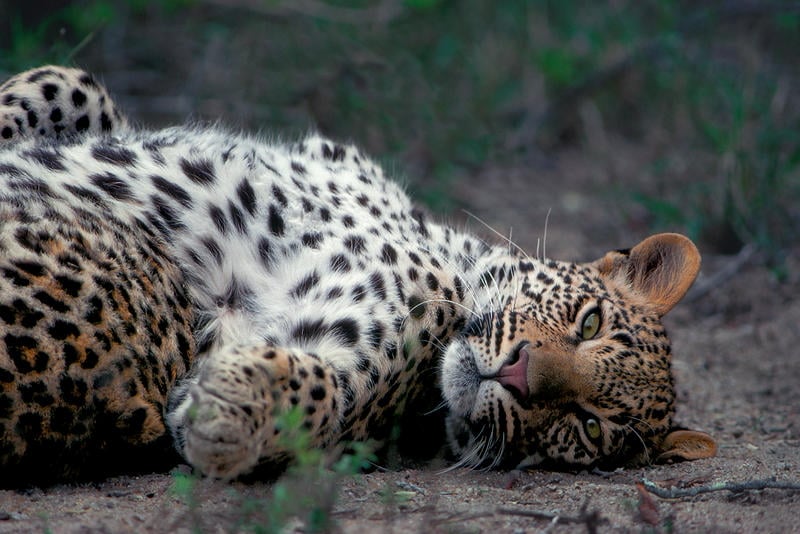May heralds the turning point where the Kruger’s climate starts to transition into winter. Towards the end of the month, the rain begins to dry up, and the landscape becomes dry and dusty. Daytime temperatures remain warm and pleasant, while evenings start getting cooler.
Cooler temperatures make venturing to the far north of the park more pleasant, and the thinning vegetation helps in spotting the less dense populations of animals here.
May is generally your last chance to see the landscape flourishing before winter sets in, turning the vegetation dull and brown. However, the central and southern regions see fewer visitors this time of the year and, due to higher populations of animals, still offer the best game viewing opportunities.
Flights tend to be cheaper this time of the year before going up for the June/July holiday season. The park also sees fewer visitors in May.
On the flip side, if you enjoy sweeping green landscapes, this is not the time of the year to visit, as the impending winter season turns the vegetation brown, leafless and dull.





















